|
Don't be shocked by the Asus in the title. Although I manage a Ubiquiti Unifi/Protect/Aircontrol and UNMS network, at home in a tiny apartment things are on a budget. I don't need a unifi setup for a 60 m² apartment where and a internet connection off 100/20Mbps. But that doesn't mean we can try and optimise our network settings. In this case for a basic Asus RT-AC58U home Wifi Router. Since you are reading this I'm assuming you you know how to login to your router. Now your ISP connection speeds and understand some slight I.T. jargon. Configuring QoS and prioritise Playstation/XboxI cannot guarantee that based on your model router or firmware that these instructions will stay complete or be accurate. But these instructions should point you in the right direction:
* For Xbox connected via Wireless there is an checkbox on the "Wireless" page for both 2.4Ghz and 5Ghz to optimise for Xbox. No idea what is does but you can try and enabled that too. Optional router tweakAs a engineer I firmly believe in the power off turning something off and on again. If you haven't watched the TV show the "The IT crowd" I recommend you do so. Asus routers have the option to to a scheduled automatic reboot. This is something I enable as a preventive measure in case there is a bug in the firmware like a memory leak or something else. If it in theory can improve reliability why not enable it?
You can find it under:
0 Comments
Now I'm back into 3D printing one of my curiosities is in printing with different materials. The stock Makerbot Replicator 2 as designed for printing PLA only. Many of the upgrades I added to the printer where to be be able to print different materials. Why? Different materials have different strengths and weaknesses and are therefore better or worse for particular applications. I like t have the option to pick the best material for a particular part depending on what it will be used for. For example my action camera mount for on your dashboard when printed in PLA suffers from warping when your dashboard heats up in the sun. That is because the glass transition temperature for PLA is between 60-65 °C. A common plastic used for 3d Printing is ABS. ABS has a glass transition temperature ~105 °C. Glass transition temperature is not the only property to look for. Depending on what you are printing you might care about some of the following:
Printing ABSFirst attempt settings that required changing later:
First attempt settings that required changing later:
I'm excited to try new materials in the future. For more information on my Simplify3d configuration for a Makerbot Replicator 2 with Heated Build Platform (HBP) see Simplify3d Configuration. The 3D printer has been collecting dust for over a year and the last few months it has been living in its storage box. One of the reasons I have not used it much is because it hasn't been printing well. It hasn't been printing well because I did not properly assemble the extruder assembly when I upgraded several parts.
Now I had time and motivation to go and resolve this. Time for a game plan. I was fairly confident all the issues where in the extruder assembly. So the plan was to carefully take it apart. Clean all the parts. And assemble it in very specific order so it the extruder is assembled correctly. With the extruder on the Makerbot replicator and possibly other 3D printers on the market you have to be very careful with the disassembly of the extruder head. Some parts you can only loosen when the extruder is warm/hot. For example the nozzle might break off if you try and undo it while cold. This will be a challenge to then repair. So knowing this in advance and trying to mitigate these possible problems is great. I won't bore you with the details on how to take the extruder apart. The Makerbot replicator extruder has a complex order in the way it has to be disassembled. During disassembly I discovered little things that I could improve during assembly to improve reliability. And possibly increase the longevity of the extruder. Because I had the extruder apart I took the opportunity to replace the ceramic insulation on the heater block before assembly. Assembling the extruder the right way! In a way it's very easy. You just need to know the trick. Start with the nozzle and the heater block and then add all extruder parts where the filament goes through mate with each other.
I quickly whipped up something I wanted to print and used it to test the printer. It printer beautifully on the first print. And off course you must then print a Benchy boat to see how it performs. Which I am very impressed with too. The parts below were printed in white PLA. The slice the first part I quickly used Makerbot print. The slicer made by Makerbot for Makerbots. Benchy boat was sliced using the latest version of Simplify3d. Expect more updates around 3D printing in the near future. And I will be adding a lot more content to my dedicated 3D printing page. |
AuthorGeorge Timmermans, Research Toolmaker, Software Engineer and Tinkerer Archives
March 2024
Categories |
Proudly powered by Weebly
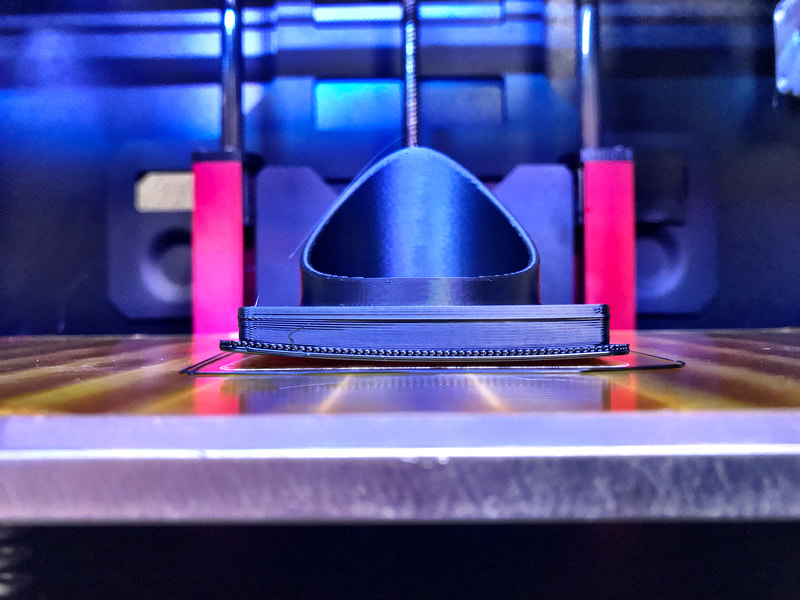
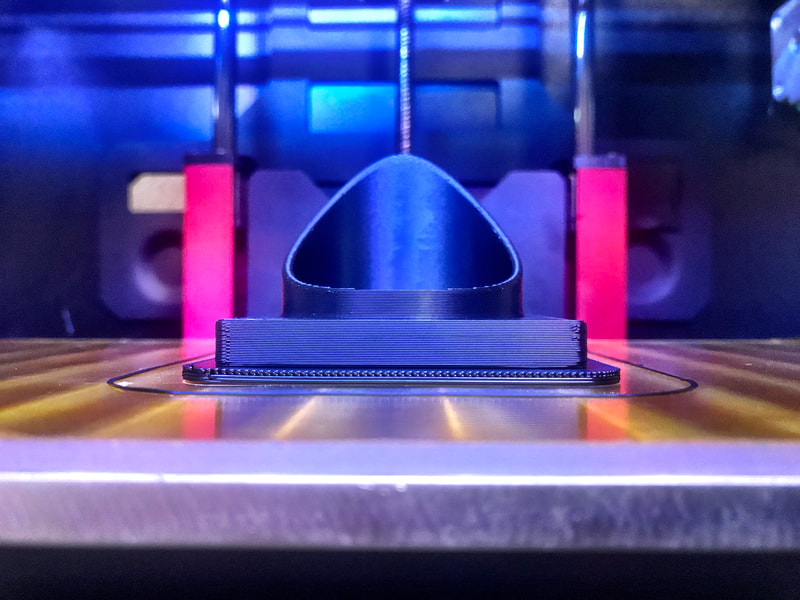
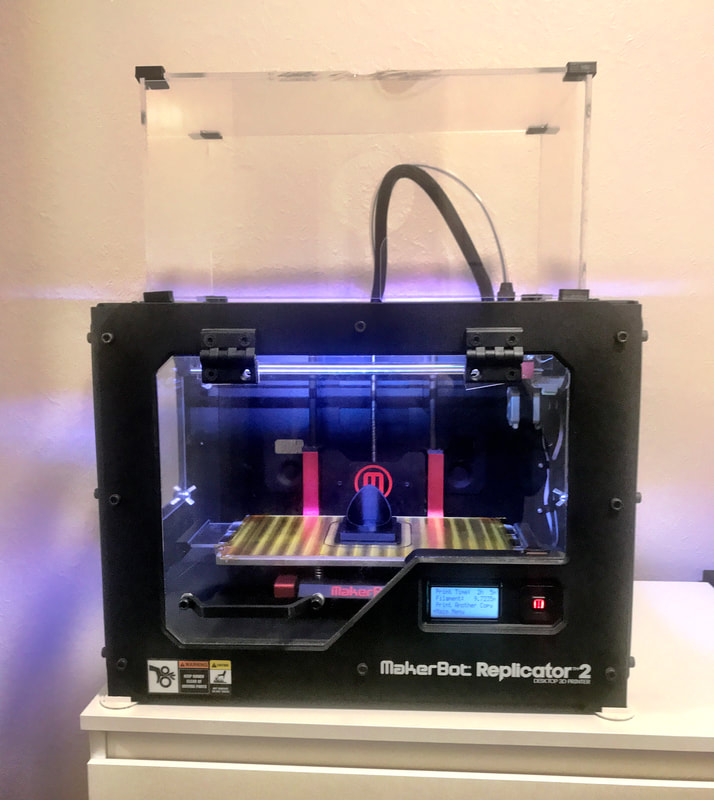
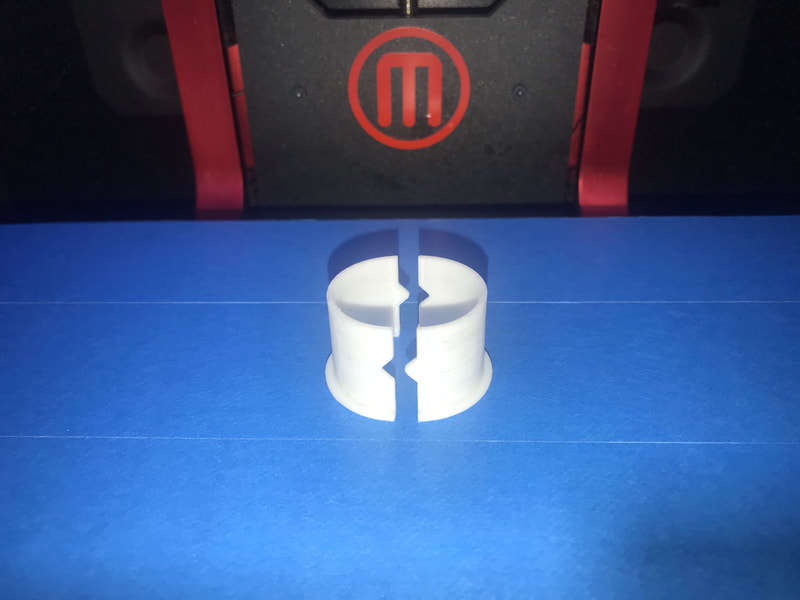
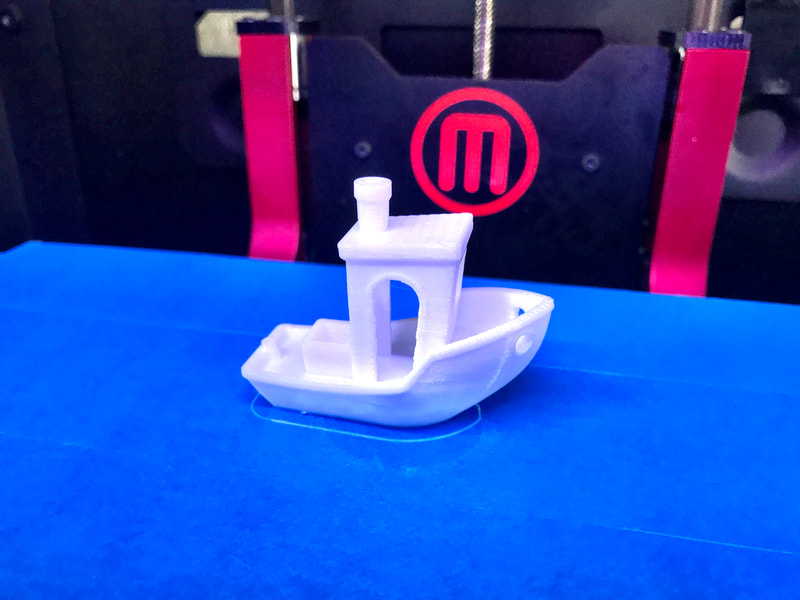

 RSS Feed
RSS Feed